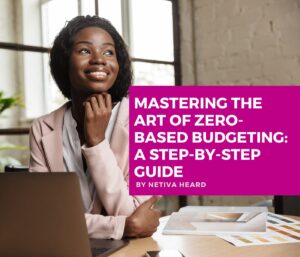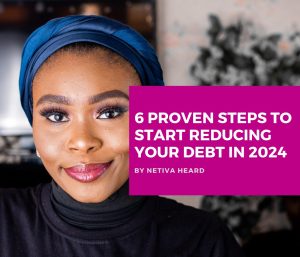Making a New Year’s debt reduction resolution is a popular practice. What’s not as popular as sticking to that resolution for the entire year.
If you’re serious about getting out of debt (or substantially reducing it), you need a strategy to guide the way. Here’s how you can create one that you’re most likely to stick with:
Step 1: Understand your entire debt profile.
Do you know what you owe? Get the big picture of all of your debt, including each bill’s interest rates. Know the minimum of what you need to pay each month to make progress on the principal. Then, compare those amounts with your cash flow (in the next step) to see how much you can reasonably pay each month.
Step 2: Do a cash flow analysis.
Your cash flow is a simple snapshot of income vs outcome. Tally up all your income sources after taxes. Then, add up your priorities like mortgage or rent, car payment, food, utilities, and other must-have expenses. Subtract these costs from your income, and what you have left over can be put toward your debt reduction strategy.
The best practice is to put all of this into writing. People who write down their goals are more inclined to achieve them. You also have a quick visual aid as to where all of your money is going so you don’t have to start from scratch every time you want to review your finances.
Step 3: Allocate debt relief into your spending plan.
Once you have a cash flow analysis of all your expenses, add debt reduction as a line item and make it a priority just like you would food or transportation. Treat it like its own bill and earmark those funds so you’re not tempted to spend them on non-necessities.
A great idea is to put more money toward your smallest debts first and get those out of your way. Small victories can carry your confidence far. Once those are paid off, you’ll have more funds to put toward larger debts and pay them off faster.
Also, if you find extra money during the month, put it toward your debt. You’ll save in interest in the long run and can roll faster toward the finish line.
As you pay down or eliminate debts, map out your progress so you can see it at a glance.
Step 4: Treat yourself along the way.
Paying off debt is something to celebrate. Don’t forget to reward yourself as you start making noticeable progress with your debt reduction. For example, if you pay off $200 in debt, you might treat yourself to your favorite lunch spot.
Set debt milestones, and for every milestone, you earn a small reward. Knowing your next reward can help you stay motivated to stick with your debt reduction resolution.
By the end of next year, you may not have completely eliminated your debt, but a good strategy means you will have significantly lightened the load. Take it one step at a time and don’t lose sight of the big picture – the peace of mind that comes with being debt-free.









